Interesting facts on Bermuda Island
1. A Country That Offers Special Visa For Remote Workers.
Barbados introduced the Barbados Welcome Stamp Visa in July 2020, enticing remote workers from all around the world to flee to the idyllic island nation while the pandemic was still in full swing. You may quickly complete the application online, and you’ll receive a confirmation or denial within five business days. Barbados’ road system is among the most well-kept in the English-speaking Caribbean, and the island boasts excellent Wi-Fi. Families are welcome, and foreigners can pay a nominal fee to send their children to state-run public schools. During their employment in Barbados, workers are not required to pay income tax.
Duration: 12 months beginning with the date the certificate is sent to you through email.
Fee: $263 per individual
There are no specific salary requirements; you only need to have “sufficient means and/or a reliable source of annual income.”
How to use: Apply here online.
Where to stay: Bermuda offers a selection of suggested coworking spaces and holiday accommodations, including Airbnbs on the beach and cottages in the heart of the city.
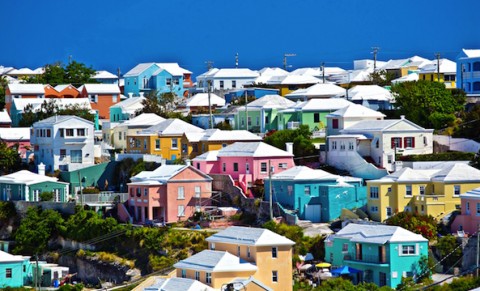
2. The world’s shipwreck capital is there
The wide coastline reef of Bermuda and the odd major hurricane are ideal for shipwrecks. Over 300 wrecks from the 1600s have so far been discovered.
The wrecks aren’t in particularly deep water, so snorkelers can see them there. You’ll be able to see the Cristobal Colon, a 499-foot Spanish luxury liner that sank in 1936, as well as other ocean bottom wrecks including the Constellation, Montana, and many others.
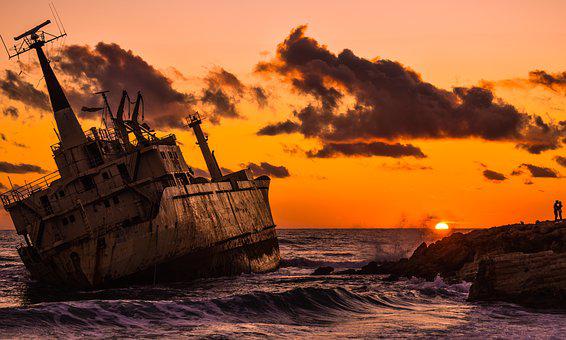
3. More than 20 songs by John Lennon were completed in Bermuda Island.
John Lennon felt a strong connection to Bermuda and attributes the renewal of his creative energies to both his ocean voyage and his time there. The former Beatle ended up finishing more than 20 songs while in Bermuda. He hadn’t published an original music album since Walls and Bridges in 1974. Lennon took the 43-foot yacht “Megan Jaye” from Rhode Island to Bermuda before renting a home there for several weeks.

4. An Onion Is Used to Celebrate the New Year
We were known for cultivating some of the best onions in the world, and Bermuda used to export a lot of onions. Because they were so well-liked, US growers realized they should cultivate their own onions and sell them under the name “Bermuda onions.” Onion lore is still prevalent in Bermuda around New Year’s. A huge onion covered in Christmas lights is lowered from the Town Hall in St. George’s Town Square at the stroke of midnight.

5. Bermuda Has Motivated The Bard of Avon
In England, the Sea Venture shipwreck made national headlines. Shakespeare’s play, situated on the lonely island, was somehow influenced by the disaster there. The Mediterranean was supposed to be the setting for The Tempest’s initial plot.
The play’s island, however, also has pigs living on it and raucous birds. The play also makes reference to a beverage produced from cedar berries, which sounds exactly like the drink of choice for Bermuda’s early immigrants.

6. Birds have been saved from extinction.
In relation to those cahows that resembled demons, it was believed that they had been extinct as a breeding species for 330 years. But seven burrows were discovered in 1951 during a scientific excursion to the islets near Castle Harbor.
One of the members of the trip was a young lad named David Wingate, who went on to conserve the species after earning his degree. On Nonsuch Island, he established a bird sanctuary after dedicating himself for 50 years to the preservation of cahows. There are currently more than 100 birds left.

7. The Wild Canaries Used to Exist in Bermuda
The canary was purposefully brought to Madeira in the 1930s, and Bermuda soon became its colony. According to all accounts, the canary was a sunny, tropical bird and a content local, but their numbers drastically decreased after the Bermuda cedar population was wiped off in the 1940s since they probably largely depended on the trees for food and breeding grounds. In Bermuda, the canary went extinct sometime in the 1960s.
8. Freshwater Eels were found in Bermuda
The American eel has an unusual life cycle. For many years, the eels’ nesting place was unknown, and much of their ecology is still unknown. Johannes Schmidt discovered the smallest eel larvae during a series of journeys into the Sargasso Sea off the coast of Bermuda. These eels didn’t resemble eels at all, but rather transparent leaves with an eel’s face. Previous research had demonstrated that the leaf-shaped larvae eventually developed into glass eels. After 7-12 months of drifting in the Sargasso Sea, the eels grow and move upstream to the American shores. Their bodies color and adapt to life in freshwater.
Eels may even propel themselves through dry grass patches, allowing them to colonise inland areas. Adult eels return to the sea to reproduce after spending the most of their lives in rivers. To disappear in the ocean, they turn silvery, and their stomachs dissolve, making eating impossible.
Some eels appear to have reached maturity in Bermuda. Historically, “marsh eels” were prevalent in Pembroke and Devonshire marshes, and some even inhabited Bermuda’s cave systems. Larvae are occasionally swept into ponds like Spittal Pond and mature there, although eel populations have dropped substantially worldwide since the 1980s for unknown reasons.

9. Longtail Legs Do Not Work Well on Land
Bermuda is an important nesting ground for longtails, often known as white-tailed tropic birds. The only places in the Atlantic where the birds come to nest, and support around half of the North Atlantic subspecies’ nesting population.
A strategy was implemented to build artificial nesting burrows for birds, many of which have been completed in previous years. In Bermuda, longtails first appear in February and March. After selecting a nest site, aerial courting begins in April, and an egg is laid between April and May.
Both parents sit on the egg and bring food back to the hatching chick, which appears around June or July. In August or September, the parents abandon the chick, and it fledges. The longtail never sets foot on land except to sit on the egg and give food. As a result, their legs are essentially vestigial – they are considerably more dextrous in the air than walking on the ground.
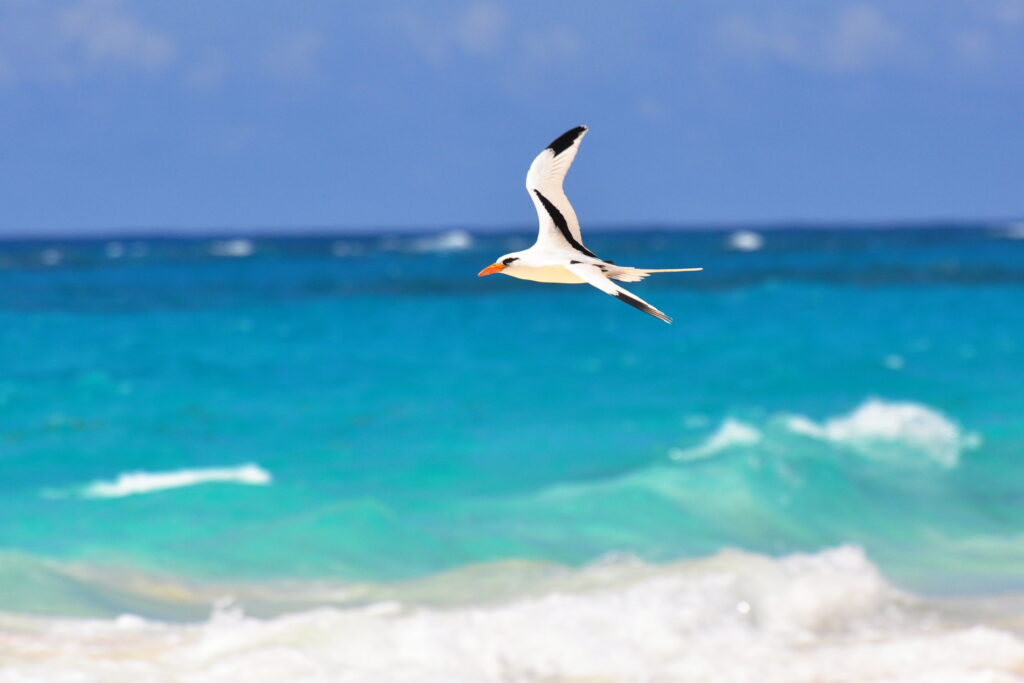
10. Bermuda’s Limestones Comprise Aeolian (Wind-Blown) Sand Dunes

11. You can snorkel up to seven miles offshore
You can snorkel over a coral reef environment that rises from 35 feet off the sandy bottom to 3 feet below the surface in a location called Eastern Blue Cut. On clear days, you can see straight down 100 feet if you are bold enough to walk over to the ledge where the coral reef abruptly drops off and you begin to join the Atlantic Ocean. You might glimpse a school of enormous black groupers or an eagle ray swimming next to the ledge halfway down.
The majority, if not all, of Bermuda’s coral reef came from the Caribbean, Bahamas, and Florida via the Gulf Stream. This tropical oasis in the middle of the Atlantic Ocean was produced by the same Gulf Stream that carries the warm current.

12. Bermuda’s long history as a pirate haven
The history of piracy in Bermuda merits far more than a single paragraph on a numbered list. It’s fascinating and entertaining to read. The island did not have many natural resources to harvest in the 1700s. What they did have was what the ocean gave, as well as the robust cedar trees that thrived around the island. As a result, it was natural for them to turn to shipbuilding and privateering – or, in other words, piracy. This is one of the numerous reasons why people believe in the Bermuda Triangle. Simply a gang of pirates!
When ships sailed between England, Spain, and France, as well as the Caribbean and North America, the Isle of Devils was an important position. Bermuda was famed for not just capturing merchant ships that sailed into the wrong local waters, but also for plundering all the way from Boston to the Turks and Caicos Islands and the Bahamas. Privateering fell abolished in the early 1800s, and as courageous as Bermudians were back then, they are now some of the kindest people you will ever encounter.
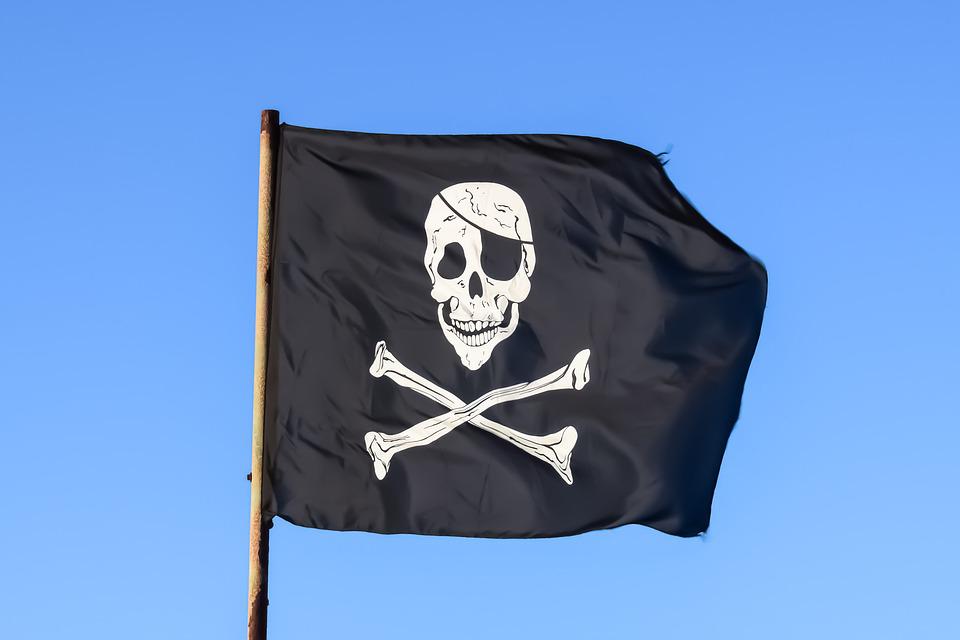
Bermuda is a blank canvas on which life and history have created masterpieces unequaled in their scope. If the mysterious history and unusual shape of the islands tickle your interest, you should consider visiting. Pack your bags and embark on an unforgettable adventure to one of the best Caribbean islands.
There are plenty of other reasons to travel to the majestic Bermuda Islands besides its amazing history. Bermuda Island is your destination if you’re seeking a charming place to unwind. Enjoy its food, environment, beaches, and numerous outdoor activities.
To explore more about Bermuda Island check our other blogs on https://iccaribbean.com/15-best-attractions-to-visit-in-bermuda-in-2022-part-1/ and https://iccaribbean.com/attractions-in-bermuda/.Finally, don’t forget to browse our IC Caribbean Shop for great travel accessories, luggage, and clothing to wear during your vacation or to remember your favorite Caribbean destinations. Also, see below for our most recent podcast on The Beauty of Puerto Rico.

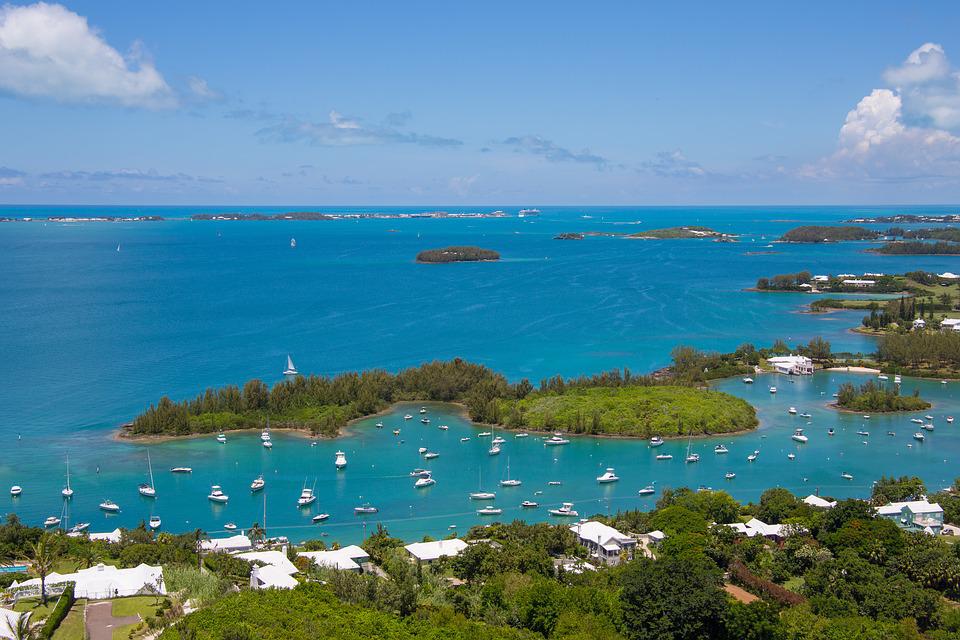
0 Comment